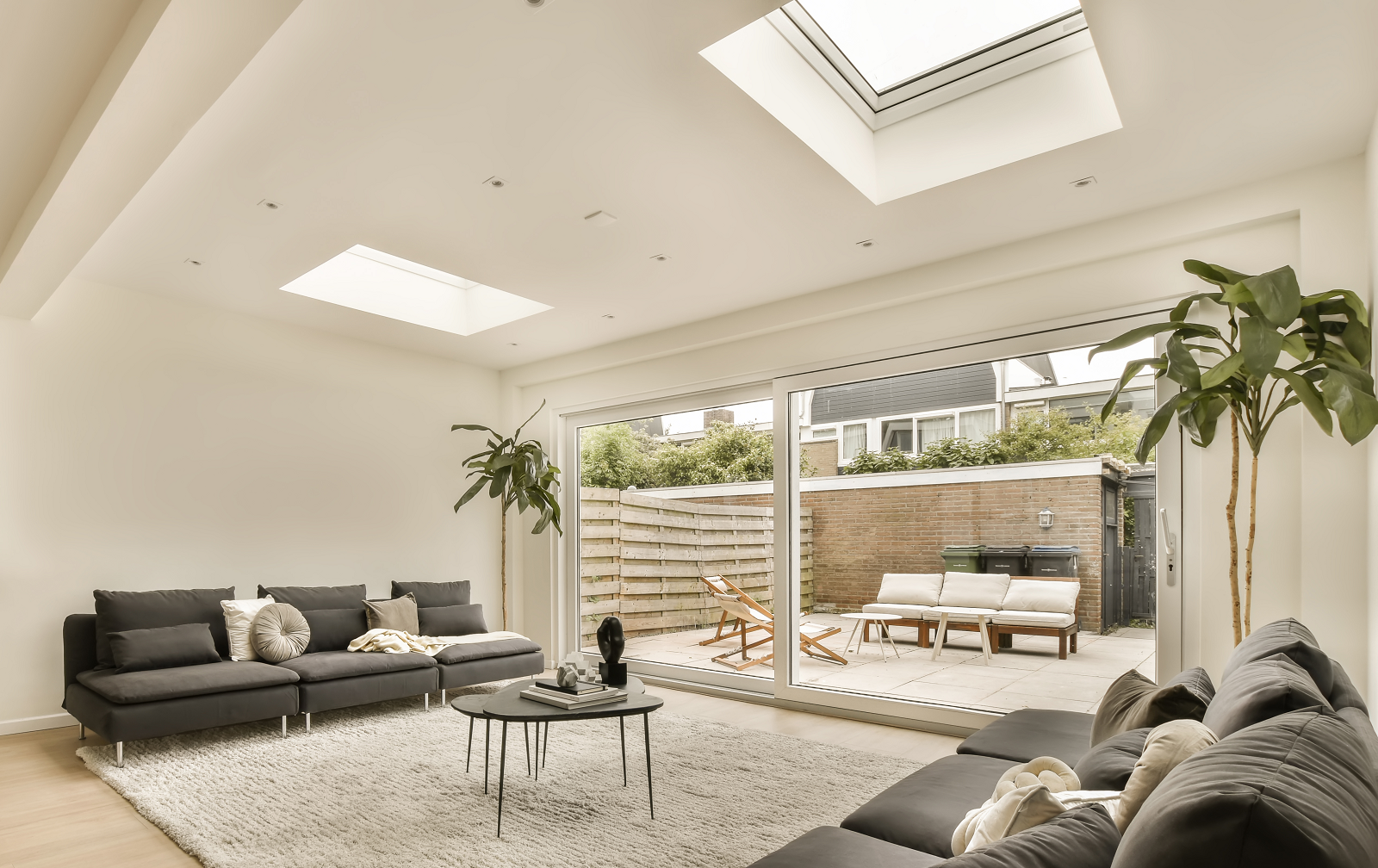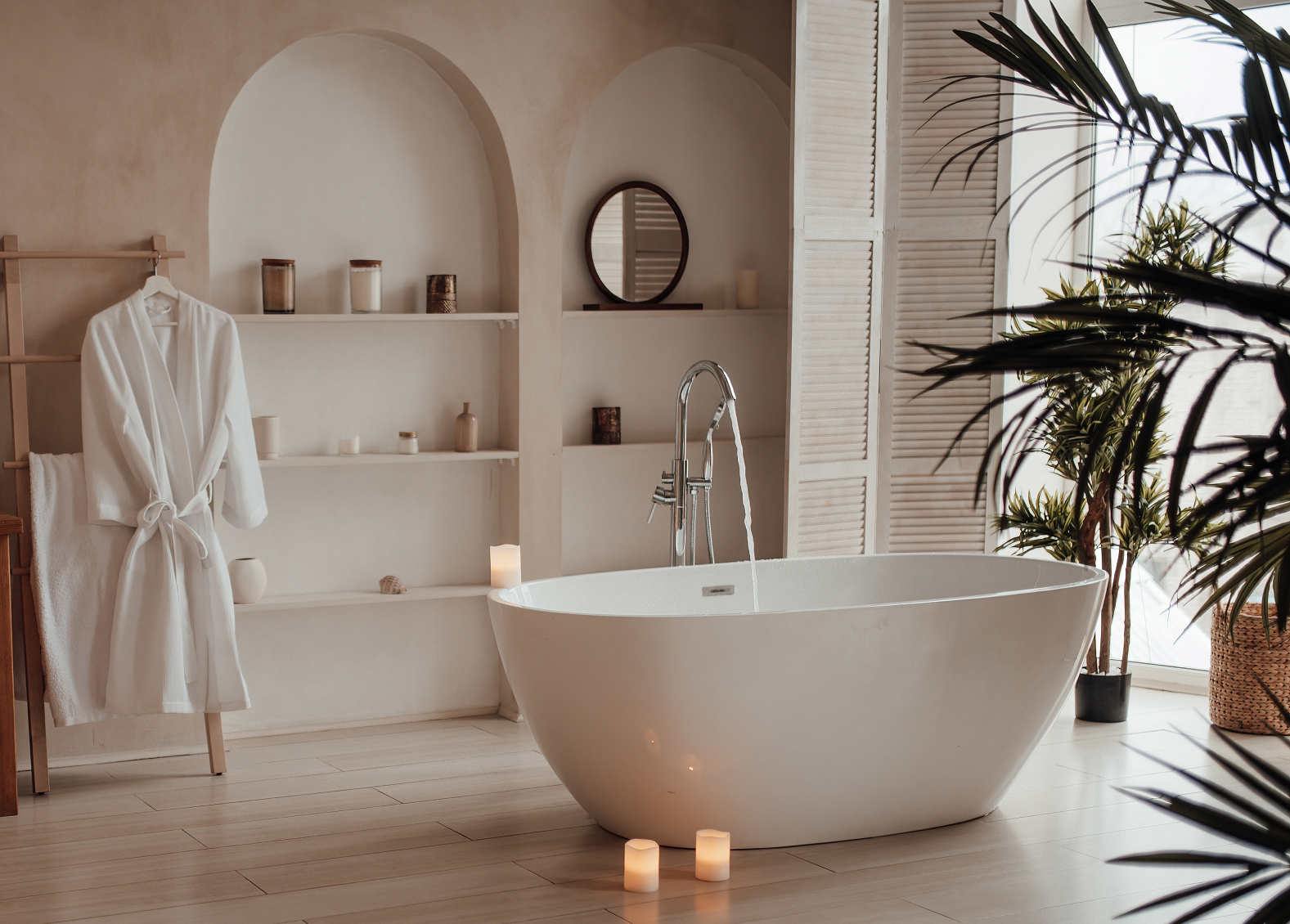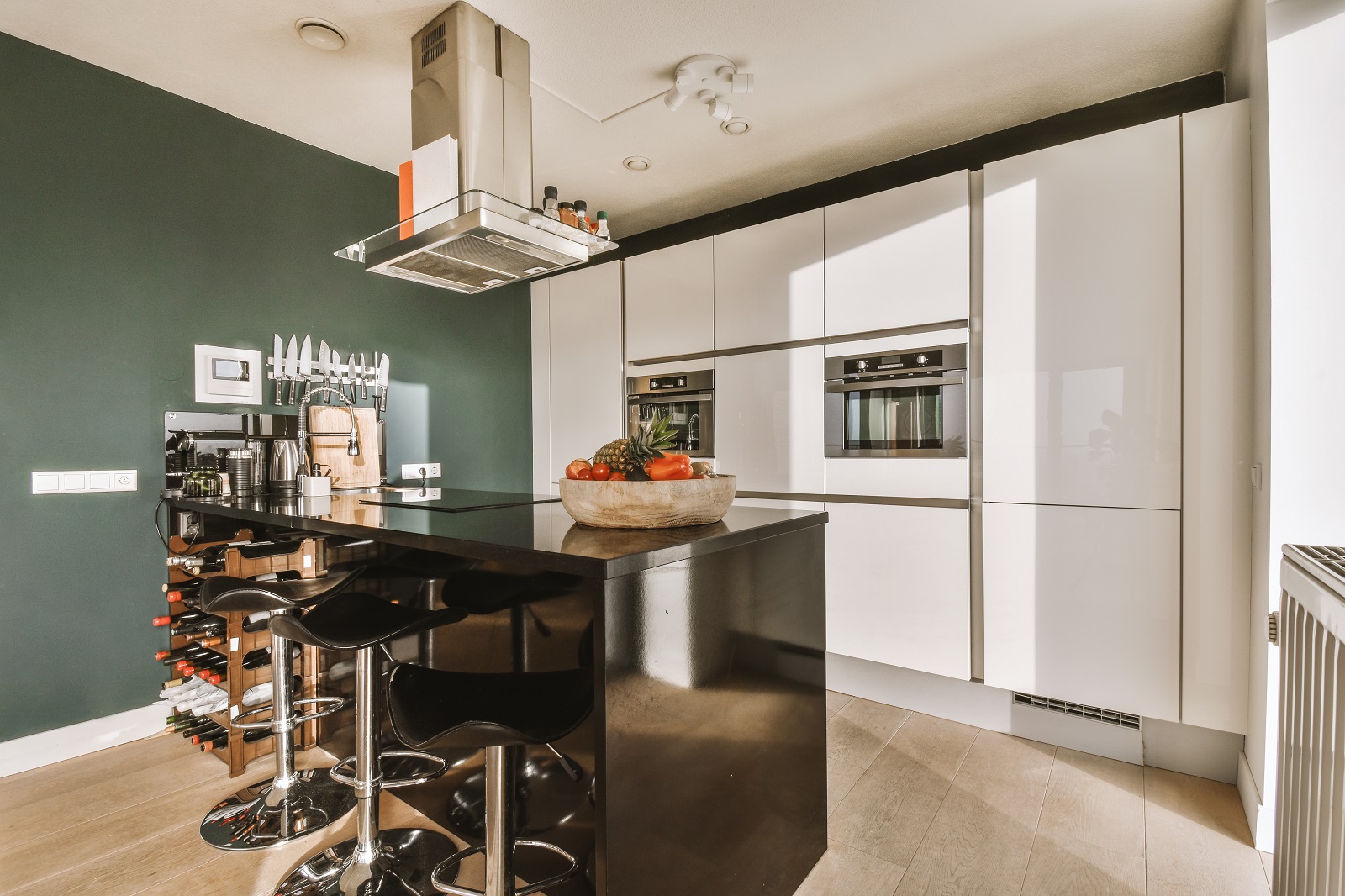
Luxury Home Extensions: A Complete Guide to Maximising Value
Author :
Level Construction Team
Luxury home extensions are one of the most effective ways to improve both your quality of life and your property’s market appeal. Whether you’re planning to extend a kitchen, open up a living area, or create a serene master suite, high-end extensions blend architectural beauty with practicality and often provide significant financial returns.
In Surrey and Hampshire, where property values are high and competition is strong, a house extension is more than a convenience, it’s also a strategic investment.
In this guide, we’ll break down value-adding renovations, including how to plan and execute a house extension that’s elegant, liveable, and rooted in long-term value. We’ll cover everything from planning and design to materials and market expectations, helping you make confident decisions that elevate both your home and your return.
Why Luxury Home Extensions Offer Lasting Value
A luxury house extension does far more than increase floor space, it enhances how a home functions and how it’s perceived. Spacious, light-filled areas with bespoke finishes speak to modern lifestyle needs, whether that’s family living, entertaining, or private retreat. In hot markets like Surrey and Hampshire, extra living space is often the difference between a good property and a great one.
Research from Nationwide confirms the tangible impact. A house extension that increases floor area can raise a home’s value by as much as 25%, especially when adding a double bedroom or a larger kitchen-diner. In other words, the space you enjoy now could be one of your most rewarding assets later.
The impact is most pronounced when the extension complements the original structure. In terms of resale, harmony between old and new reassures buyers and strengthens kerb appeal. A well-proportioned, high-quality house extension reads as part of the whole, not a bolt-on addition.
Planning That Balances Beauty and ROI
All successful luxury home extensions begin with strategic planning. Homeowners often start with the emotional pull: more space, better light, a more sociable layout. These are valid goals, but they also need to align with long-term return. One of the most common mistakes is overbuilding in a way that doesn’t suit the site, local market, or buyer expectations.
A premium house extension should feel natural in its setting. For period homes, matching brickwork, traditional rooflines and heritage features can preserve character while offering modern convenience. For more contemporary properties, clean lines, expansive glazing and open-plan design may better suit the context.
It’s also vital to consider the internal flow. Extensions should never create awkward transitions or waste circulation space. Instead, they should improve connectivity within the home by linking kitchen, dining and outdoor zones, or carving out quiet areas where needed.
How Much Value Can You Expect to Add?
The value uplift depends on a combination of location, layout, and build quality. According to Homebuilding & Renovating Magazine, even modest extensions (like a kitchen expansion or side return) can add 10–15% to a home’s value. Two-storey additions or those that include a new bedroom with ensuite tend to achieve more.
A rear kitchen extension that connects to a landscaped garden is one of the most desirable upgrades. It transforms how families interact with their space and commands strong buyer interest. Similarly, adding a principal bedroom suite, complete with dressing area and bathroom, shifts a home into a higher category of appeal.
But value isn’t measured by square footage alone. Market expectations matter just as much. A £150,000 extension in a neighbourhood where typical home values peak at £500,000 may overcapitalise.
What to Consider Before You Build
Budget is a major driver of decisions, but in luxury construction, the question isn’t just “What can we afford?”. It’s also “What offers the greatest lasting value?”. High-spec finishes, natural materials, and structural upgrades often carry higher upfront costs, but their longevity and aesthetic payoff make them worthwhile.
It’s important to anticipate all the project elements early on. This includes design fees, planning application costs, engineering reports, party wall agreements if applicable, and of course VAT. These factors can affect both timeline and final expenditure.
Planning permissions vary by area and project scope. Some single-storey rear extensions may fall under permitted development rights, particularly if they stay within height and boundary limits. However, luxury home extensions often exceed these parameters, especially when bespoke features or flat-roofed elements are introduced. Obtaining planning consent ensures your build is above board and future-proofed, especially for resale.
Design Features That Attract Buyers and Boost Living Quality
Luxury means something different to every homeowner, but certain features consistently increase both daily satisfaction and buyer appeal, such as lighting. Homes with large, unobstructed windows, roof glazing or sliding doors feel brighter, cleaner, and more contemporary. It’s not just about what you see, it’s about how you feel moving through the space.
Well-planned extensions also create flow. A kitchen that spills into a lounge area, then into a patio or garden, allows homeowners to move effortlessly between inside and out. This has become even more desirable in recent years, with homeowners placing greater value on multifunctional spaces that support entertaining, working from home, and relaxing.
Material choices signal quality too. Real wood flooring, stone surfaces, hand-built joinery and tactile finishes all convey care and intention. These choices might not be the least expensive, but they show that the space was built to endure, and that adds real appeal.
Energy efficiency is increasingly part of the equation. Double or triple-glazed windows, underfloor heating systems, and well-insulated walls make the space comfortable while reducing running costs. Smart technology can add convenience, but only where it supports the overall experience without becoming the focus.
Avoiding Common Pitfalls in Luxury Home Extensions
Not all house extensions increase value. When executed without care, a luxury extension can misfire, costing more than it returns. This often happens when owners follow trends too closely, or design without considering the wider market.
For example, an extension that dramatically changes the style of a property, or creates a room with only niche appeal, may not be received well when it’s time to sell. Similarly, cutting corners on finishes or attempting DIY solutions at the high end of the market can backfire. Buyers notice inconsistencies, and they judge properties as much by feel as by features.
The goal isn’t to be flashy, it’s to be timeless. The most successful value-adding renovations are those that balance restraint with personality, so aim for quiet confidence rather than loud excess.
Transform your Home with a Luxury House Extension
Luxury home extensions aren’t just about adding space, they’re about enhancing the experience of living in your home while securing long-term value. When designed thoughtfully and built with precision, it becomes one of the most rewarding investments you can make.
Our highly experienced team specialise in creating extensions that look beautiful, live comfortably, and perform financially. Our team guides every stage of the project: understanding your lifestyle, identifying where space could work harder, and planning extensions that feel like a natural continuation of the home.
Ready to start planning your luxury house extension? Get in touch now for a free consultation and discover more about top-quality house extensions.


